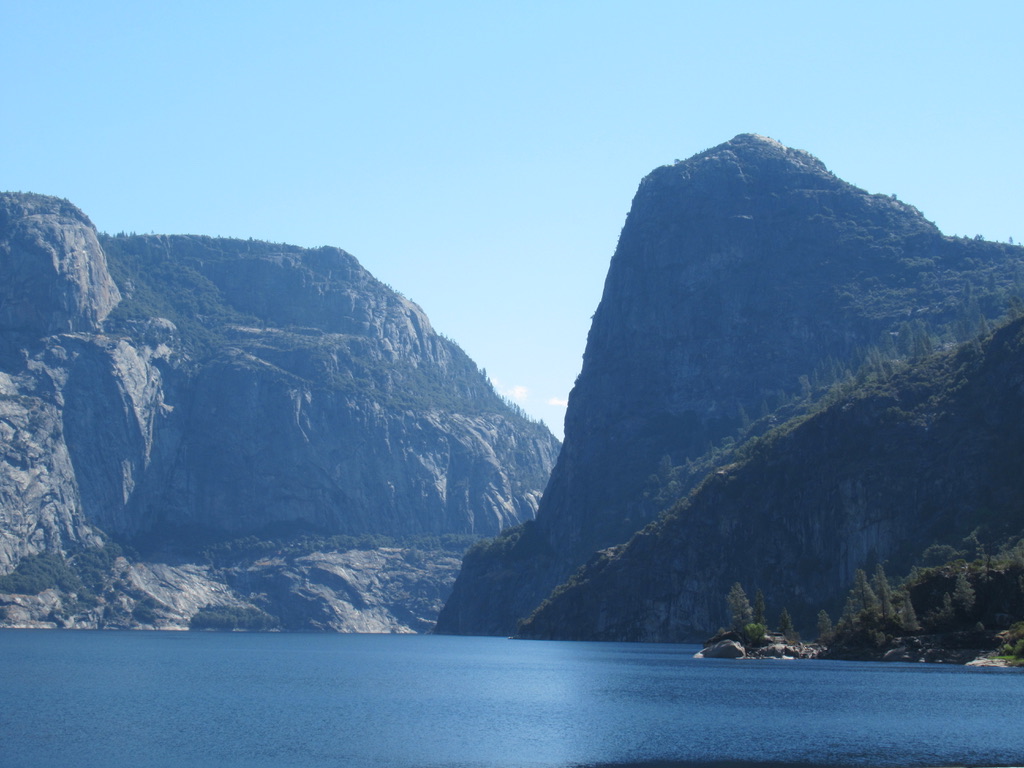
We arrive at the Hetch Hetchy parking lot just after 10am and emerge from the car blinking and stretching under simmering blue skies, then pull our backpacks from the trunk one at a time and spread ourselves in the shade along the opposite curb to repack and adjust. It takes a quarter of an hour before we sluggishly gather together again in a quiet consensus and set out.
The first view of the reservoir is breathtaking—a sparkling, shimmering expanse of blue framed by towering walls of dark granite. In the oppressive heat, it’s a soothing balm. It restricts the view of the valley to its upper half, but I have to admit the artificial lake is more beautiful than I’d like to admit.
We are in Yosemite National Park, just 15 miles from the more famous Yosemite Valley of the Merced River to the south. Three of us plan to hike a route that traces the headwaters of these two valleys over the next ten days.
We meander across the O’Shaughnessy Dam. It is smaller than I expected, only about two football fields from end to end. When the city of San Francisco chose this site, it was this close gap along with the flat, stable floor of the valley that attracted them. From this gap, the dam holds back 360,400 acre-feet of water, enough to flood the entire state of Rhode Island under half a foot of water. It’s plenty for a city the size of San Francisco, and indeed, they sell two-thirds of it to other cities in the Bay Area.
I center my camera on the high southern flank of the valley. Kolano rock, a dark granite monolith with sheer cliffs plummets directly into the reservoir. The glaciation of the last ice age scoured these rocks clean, as well as the rocks far into the back country, which leaves the water mostly free of silt and dirt. While most other dams in California and around the southwest are quickly filling with silt, the Hetch Hetchy reservoir remains mostly free of it. Aside from treatment with ozone and ultraviolet light, it is delivered to San Francisco unaltered. Only six cities in the United States can deliver their water without filtering, and because of the cleanliness of the Tuolumne river, San Francisco is one of them. It is easily one of the most successful water storage projects in the southwest United States.
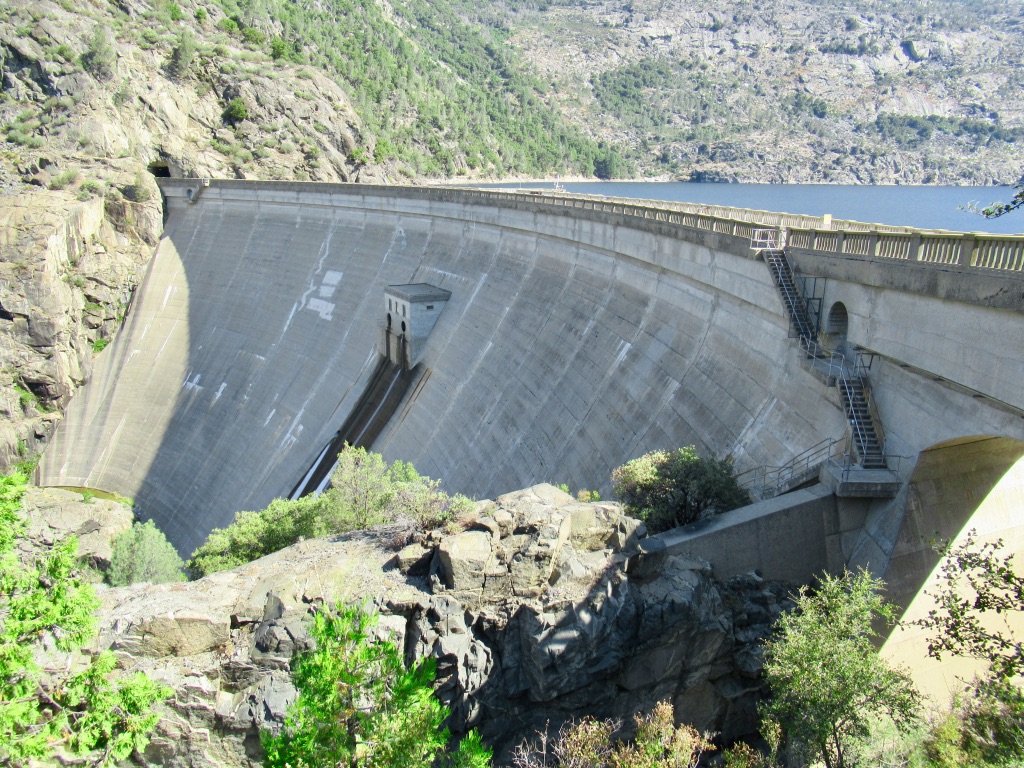
From the beginning, there were major questions about whether it was acceptable to place a major reservoir in a national park. Preservationists argued that its aesthetic and natural beauty would be destroyed. John Muir described it as a second Yosemite Valley, “for it is a wonderfully exact counterpart of the Merced Yosemite, not only in its sublime rocks and waterfalls, but in the gardens, groves, and meadows on its flowery park-like floor.” He and others were also concerned with the precedent that would be set by the plundering of a national park for resources. If Yosemite wasn’t safe, what would be next? Dam the Grand Canyon? Clear-cut Sequoia?
Conservationists believed that public lands should be used as resources for the public good. Forests should be managed to provide a steady supply of lumber, mineral resources should be developed through mining, and water, like the crystal-clear snowmelt of the Tuolomne, should be dammed and diverted for public use.
There’s no doubt that the Tuolumne River water that gathers here is a boon to San Francisco and other Bay Area cities. In addition to meeting the city’s water needs, three hydroelectric powerhouses provide energy without the use of fossil fuels, which is sold for a substantial profit.
And yet, the question of whether nature should be valued for its beauty or its material resources is an inherently human-centered question. It fails to take into account the many biological and hydrological systems that were shaped over millennia—systems that depend on the free flow of water as a pathway for life, and that ultimately determine the health of our own species.
Chinook Salmon, which used to come up the Tuolumne river in tens of thousands each year to lay their eggs, now number in the hundreds, and sometimes dip below that. The coastal estuaries of San Francisco Bay Delta, home to some of the greatest biodiversity in the world, have shrunk and retreated as freshwater from the Tuolumne River and other tributaries to the San Joaquin river has been diverted. Without a regular infusion of freshwater, the estuaries are choked off by salinity and pH levels that are fatal to the species that evolved there over hundreds of thousands of years.
The freshwater flows have been redirected through tunnels and into alternate reservoirs on the San Francisco Peninsula, which has helped to dry up the marshland and lakes that used to fill the great central valley of California. Those wetlands created the southern section of the Pacific Flyway, which hosted migratory freshwater birds in the hundreds of millions as they traveled up and down the western coast. The few lakes remaining now are so choked with pollutants and farm runoff that the state has had to find ways of dissuading the birds from setting down in them, as the fertilizers and pesticides are causing massive die-offs in the bird populations.
The problem is not that we don’t care. The problem is that it’s not in our face. We stay walled off in our cities and our suburbs and our small towns, disconnected from the effects of our choices and surrounded by others who make similar choices and expect us to do the same. The green lawn; the washed car; the daily shower. These have become markers of status that urge us into compliance and conformity, and our separation from nature allows us to ignore the fact that water is a necessity of all life, not just ours.
My water doesn’t come from here, but I am every bit a part of this system. Standing here where the water is separated and diverted from the ecological systems that evolved for millennia, and siphoned off into a constructed system of tunnels and pipes that claims the water for man’s exclusive use, I wonder how we got here, and how we might learn to share.
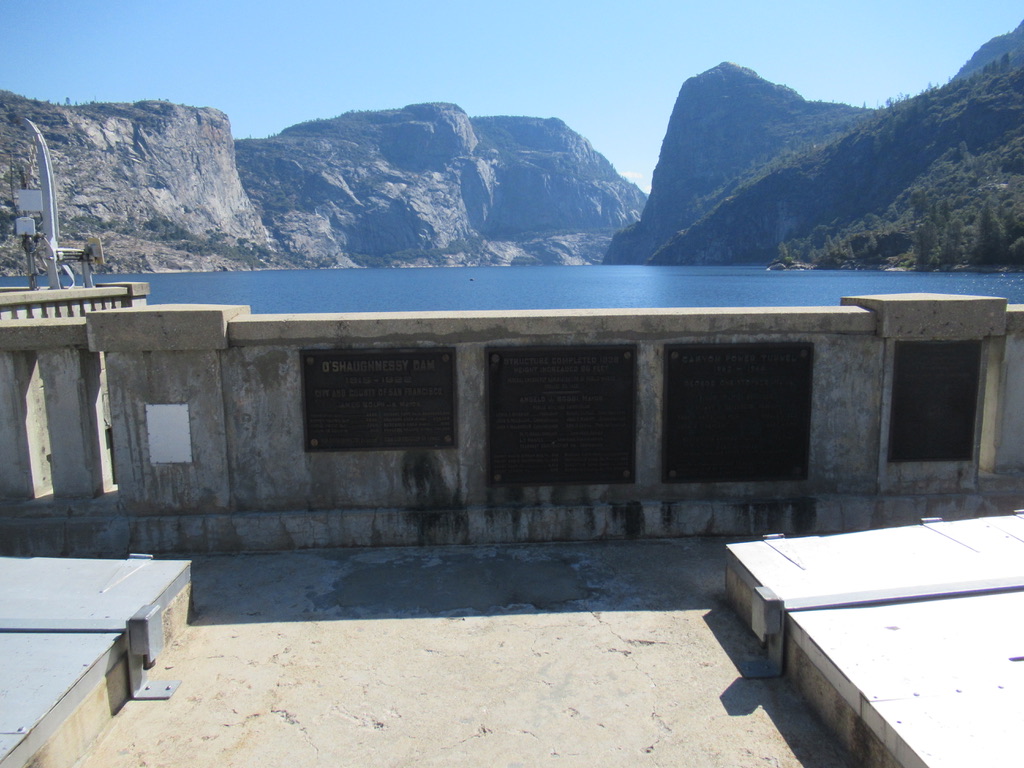
From the early days of the Gold Rush, it was clear that San Francisco would need more water. City planners began to eye the Hetch Hetchy valley as the solution to their water problems as early as the 1880s, but ran into difficulty when other irrigation districts with senior water rights raised a ruckus. By 1890, the newly formed Yosemite National Park designated the Hetch Hetchy valley as federal land, and the city applied to the Secretary of the Interior to secure water rights in 1901 but was denied. They reapplied in 1903 and 1905 and were denied again.
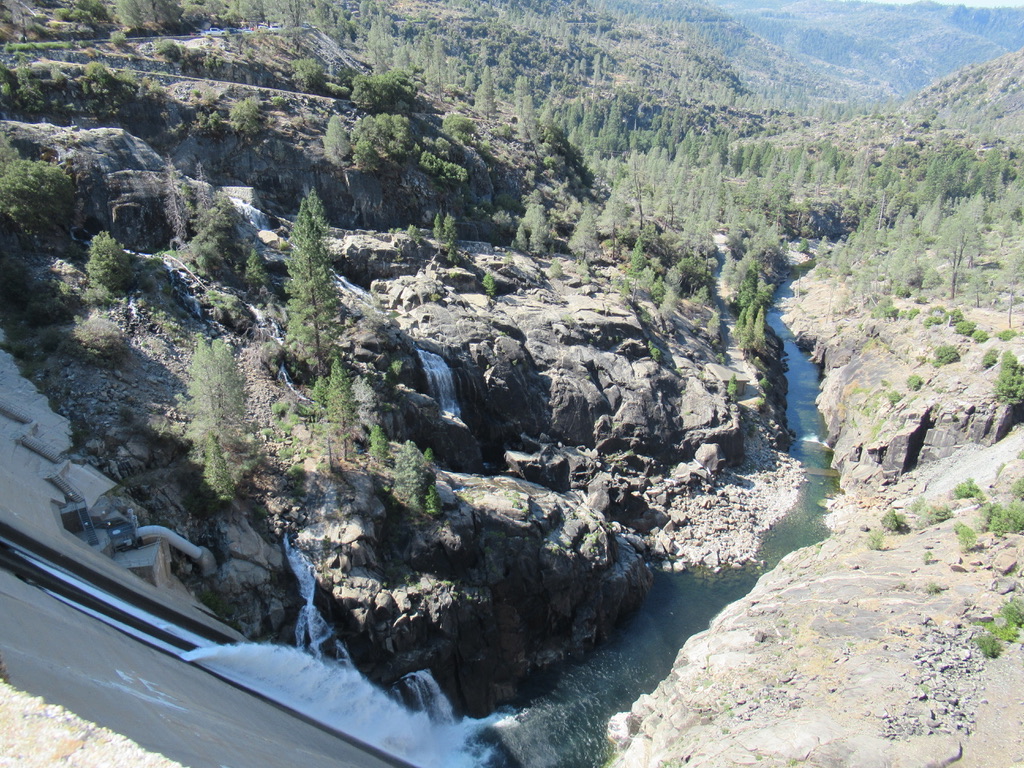
In 1906, San Francisco was rocked by a massive 7.9 earthquake. The quake itself caused substantial damage, but it was the subsequent fires that caused far greater destruction. With a limited water supply, the fires spread nearly uncontrolled. By the end of it, the city was in ruins, with a death toll that reached above three thousand in a city that only numbered around 300,000 at the time.
The nation was shocked and the government became more sympathetic to the plight of San Francisco. In 1908 the Secretary of the Interior approved their application for water rights in the Hetch Hetchy. A fierce legal battle ensued, headed by John Muir and the Sierra Club, but also joined by those who held water rights along the Tuolumne and the San Francisco Water Works, who correctly saw a threat to their business.
Despite all of these forces, the Raker Act, which allowed the valley to be dammed and flooded, was approved by the United States Congress in 1913. Construction began shortly after, and was completed in 1923.

At the far end of O’Shaughnessy Dam, we pass through a tunnel blasted out from the cliff. This rock is part of the Sierra Nevada Batholith, a massive system of igneous granite that runs from the Feather River in the north to the Tehachapi mountains in the south, a span of roughly 400 miles. As the Farallon plate came crashing into the North American plate around 200 million years ago, it subducted into the mantle, creating magma, which rose into the crust of the North American plate as plutons, pushed it skyward in the form of the Sierra Nevada mountains, and cooled to create the huge granite batholith. It was this same process that created the huge quantities of gold that would eventually lead to the gold rush of the mid-19th century.
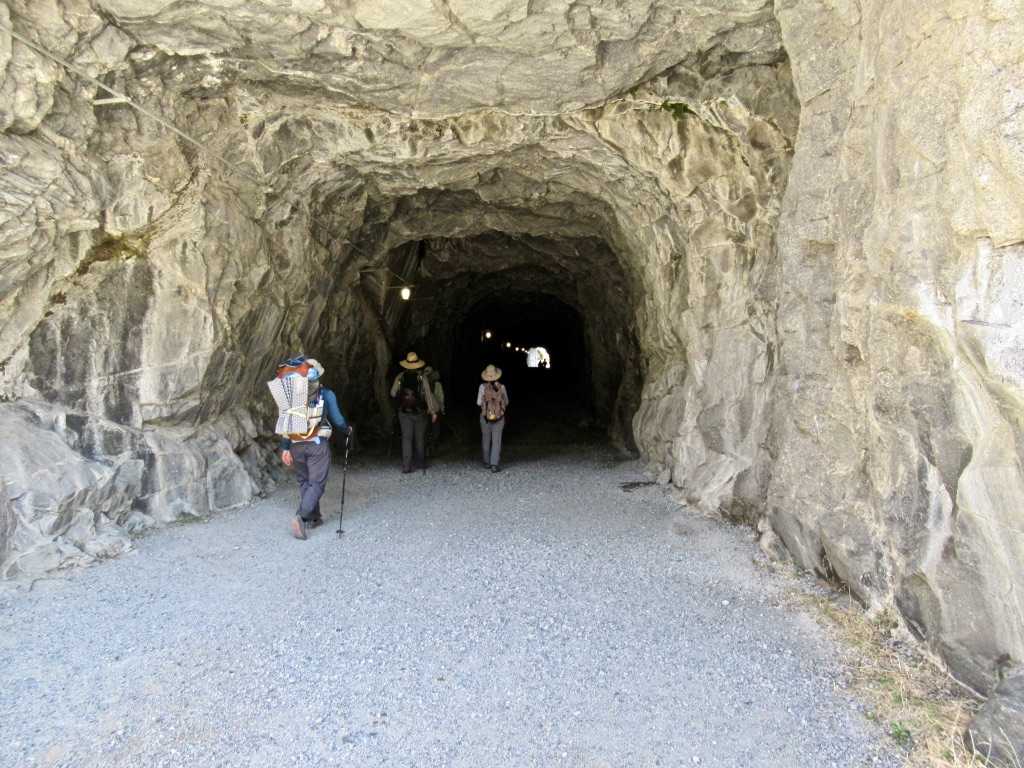
Beginning about 2.5 million years ago, a series of ice ages began to shape the Sierra Nevada. The high mountains forced condensation and precipitation in the form of snow, which accumulated into glaciers. The heavy ice slowly carved away the looser crust, exposing the granite batholith below and polishing it smooth into the mountains we know today. In some places the glaciers carved deep valleys like the Yosemite and the Hetch Hetchy into the rock.
During this same period, biological evolution was working its slow processes. The advancing and receding ice ages allowed new niches to form, which the different species hurried to fill. Humans entered the mountains after the most recent glacial period, around 10,000 years ago, and found sustenance in the ecological systems. The Hetch Hetchy valley was used by the Miwok and Paiute peoples, who used controlled brushfires to keep the meadows open for the deer and edible grasses they depended on for food. The name of the valley likely comes from the Miwok word hatch hatchie, which means edible grasses and may refer specifically to the blue dick flower which grows throughout California.
When gold rushers arrived in 1850, they drove the natives out of the valley and used it for grazing sheep. The “park-like meadows” they found were assumed to be the result of natural forces rather than of indigenous cultivation, and the practice of controlled burning was mostly forgotten.
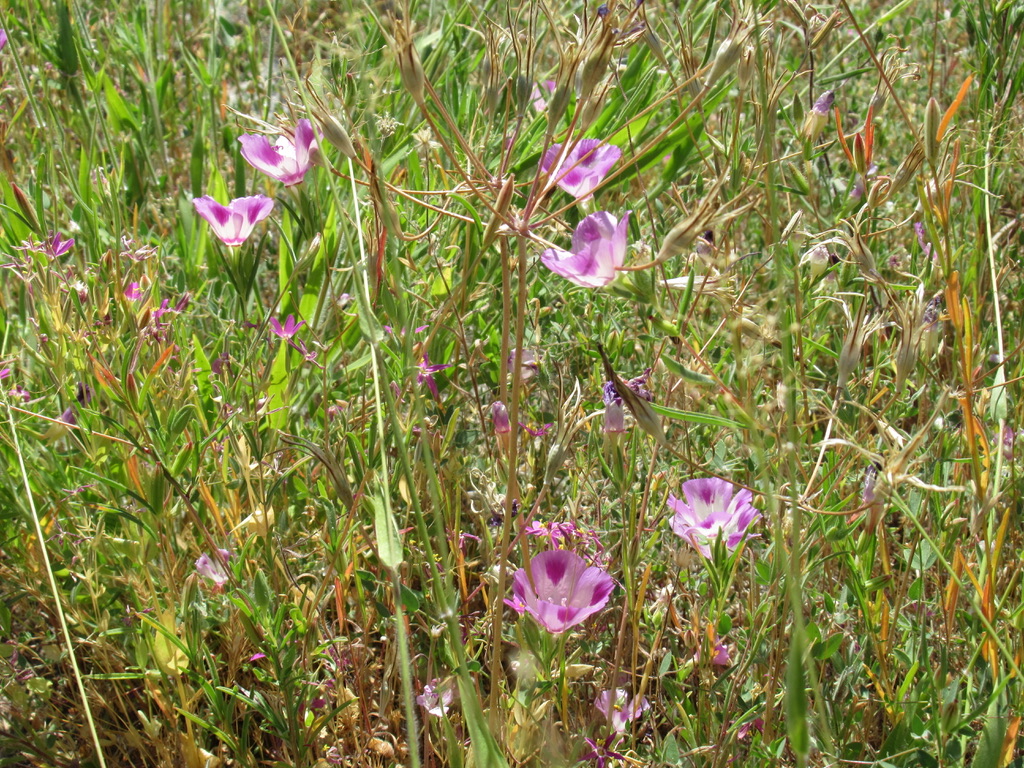
We are wandering along the northern shore of the reservoir, across from Kolano Rock. A man is fishing from the edge of the man-made lake, which is about the only watersport allowed within the valley. Swimming and boating are strictly prohibited, a restriction that has come into recent controversy. We pass oak trees and blue dick, mariposa lilies and long-leaved aster. The day is heating up, and I find myself wishing I could dip in for a swim, or at least stand near the spray of a waterfall. It has been a particularly dry year in arid California, and 880-foot Tueeulala falls has dried up. I find myself thinking of another waterfall, now submerged under the reservoir, that was previously the terminus of the Chinook Salmon range on the Tuolomne river.
A submerged waterfall, limits on the range and reproduction of salmon, the diversion of a major source of freshwater, the loss of indigenous knowledge—it’s impossible to know how far the secondary effects of these changes extend.
Ecologies are complex adaptive systems. Complex, in that the different components of the system each have different roles that are vital to the functioning of the system (‘Complex’ is different from ‘complicated’, where a removal of any one component would not affect the operation of the system). And adaptive, in that each component adapts to the situation around it with new behaviors. This combination of complexity and adaptivity makes the system incredibly difficult to predict. In an ecology, the system has reached a semi-stability over thousands or even millions of years, and a single change to the system can create far-reaching effects that no one could predict.
One well-known example of this is the reintroduction of wolves to Yellowstone National Park. The wolves increased the predatory pressure on Elk, who were forced to keep moving. That allowed willow trees to increase their biomass, and beavers were able to increase their population in turn. The new beaver populations slowed the rivers, which changed their temperatures (leading to healthier, more stable populations of fish) and began to recharge the overdrawn water table. The recovering willows also added habitat for songbirds.
In an opposite example, the loss of sea otters in Southern California produced an explosion of sea urchins, which destroyed the kelp forests and collapsed an entire ecosystem.
In a complex adaptive system, the solutions we create can create their own problems, and we would do well to tread lightly.

In our walled-off houses, we often forget that we humans are ourselves components of the complex adaptive system of the earth. We have an unparalleled power to affect ecologies, but when we see ourselves as separate, it is at our peril. In solving San Francisco’s water problems, we have destroyed a significant portion of the Chinook Salmon population, along with untold numbers of other adjacent species whom we have not tracked as carefully; we have changed the salinity of significant coastal estuaries, an ecosystem that serves as spawning grounds for many of the fish species we use for food, and which may be contributing to the desertification of our oceans; we have altered and shortened the migration patterns of millions of birds, with consequences that we may not know for another hundred years.
O’Shaughnessy Dam is not the only domino that we have tipped, and it is impossible to say to what extent it is responsible for these changes to the ecosystem, or whether the restoration of the Hetch Hetchy Valley would make an appreciable difference toward the rejuvenation of threatened ecologies. It is clear, however, that we cannot go on tipping dominoes forever.
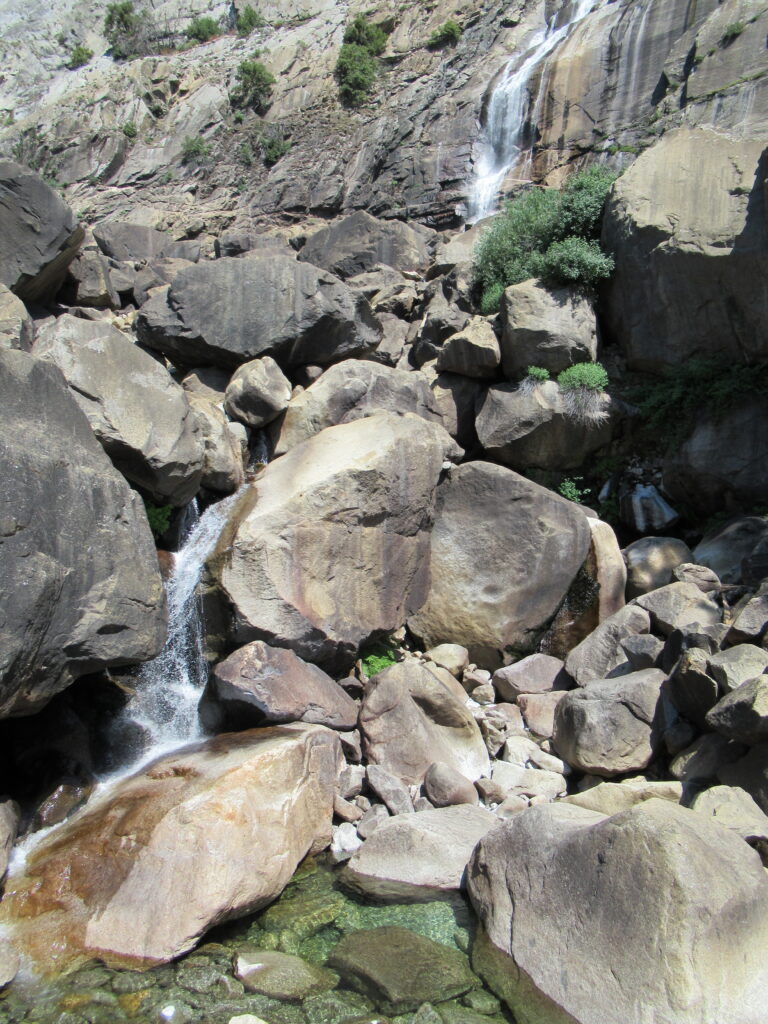
Our hike has brought us to Wapama Falls, a strong-flowing cataract with a 1300 foot drop. We break nearby and I chat with one of our group about our young children. I fret for their future, and the future of our beautiful state. It is home to one of the most diverse ecosystems in the world, boasting one of the highest rates of endemic (found nowhere else) plant species in the world, and it is under attack by thousands of projects like the O’Shaughnessy Dam, most of them with just as little thought for the potential consequences.
But I am also encouraged by two trends. The first is that a proposal to restore the Hetch Hetchy valley has begun to gain momentum in recent years. San Pedro dam, further downstream on the Tuolumne River, could be modified for a storage capacity that exceeds the total annual flows of the river; the use of an existing tunnel and a new intertie could provide all the water needs of San Francisco and the other cities that use Tuolumne water, with only a minor reduction in hydroelectric power generation. The project would cost somewhere between $1 and $4 billion dollars, but the opening of a partially developed Hetch Hetchy valley to public use is expected to generate nearly $50 billion in the first 50 years. It won’t fix the estuaries or the pacific flyway by itself, but it’s a trend in the right direction.
The second trend is more abstract, but no less important. It is a gradual but steady trend toward the recognition of the validity of indigenous knowledge–that humans are but one member within the larger ecosystem. Much like the controlled brush fires of the Miwoks and Paiutes, this trend sees humans not as conquerors of nature, but as equal participants and responsible cultivators. In the northern part of the state, native tribes have proved invaluable in the decommissioning of four dams along the Klamath River, a project that culminated this year and is widely expected to restore the threatened Coho Salmon population and the overall health of the watershed in coming years.
With responsible stewardship, there is a place for humans to coexist within healthy ecosystems. As I watch the cascading water of Wapama Falls splash their persistent forces against the granite rocks and pool into the reservoir below, it’s a thought that gives me hope.
If you enjoyed this, please leave a comment below!
Thank you Nick! I really enjoyed it. I love the mix of nature and travel writing, history, and philosophy.
Thanks Aaron, so glad you enjoyed it!
This was a very enjoyable read. I learned so much too. Thank you for covering the historical aspect as well.
This stood out to me
“The problem is not that we don’t care. The problem is that it’s not in our face. ”
So much truth in that statement.
Thanks Jayashree! I’m so glad it resonated.
Awesome article Nick! Jen and I visited in winter of 2016 and we thought it was just as beautiful as the valley. We talked about how awesome it would be to see the valley floor one day. Hoping it happens in our lifetime!
Thanks Dustin! I hope so too. Let’s get a hike soon.
Lol you said “dick.” Ah yes. Another excellent essay, my friend. As always, your common themes make me thirst for the outdoors. I specifically enjoyed your examples of ecology and of course, mentions of my great grandpa, Join Muir. Did you omit sources for this format? Are you including them with your entry? For some reason I keep looking for a pen name from you at some point. I have no idea why. Thank you for writing this. I keep thinking the same thing…”what would be next?”
Thanks Brian! Yeah, it seems to be common practice on essays like this to omit the sources, though of course I’ve used several. Here were some of the biggest sources:
Introduction to Water in California by David Carle (water politics and infrastructure)
The State of Water by Obi Kaufmann (water ecology)
Constructing California by John McPhee (geology)
Hetch Hetchy Valley by John Muir (history)